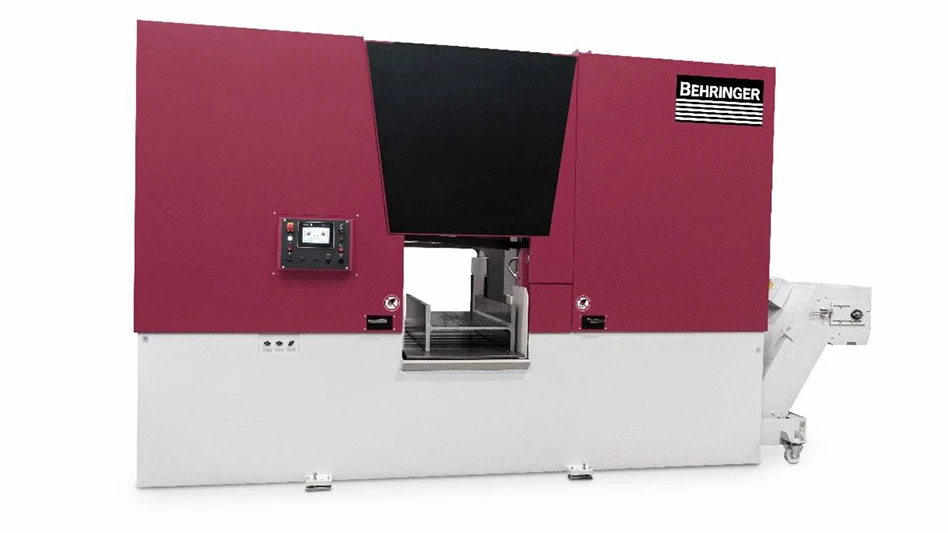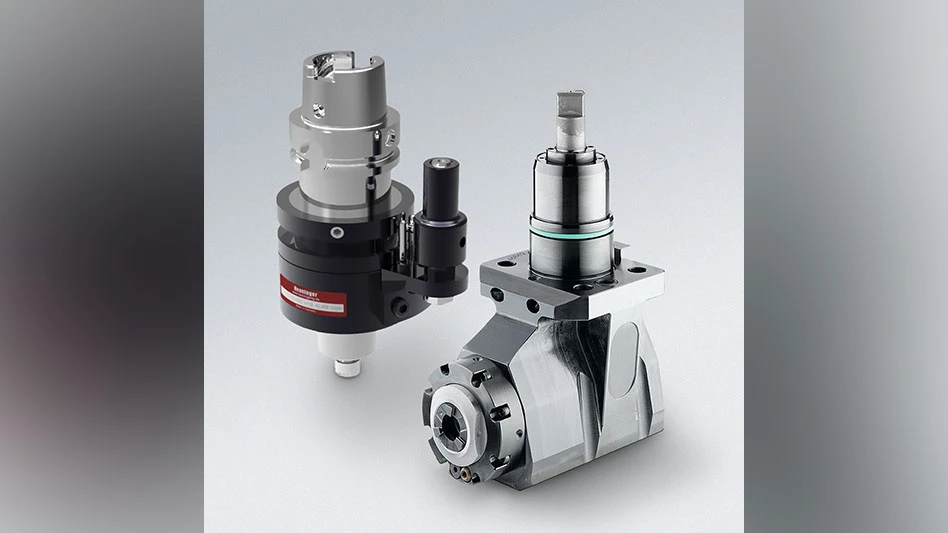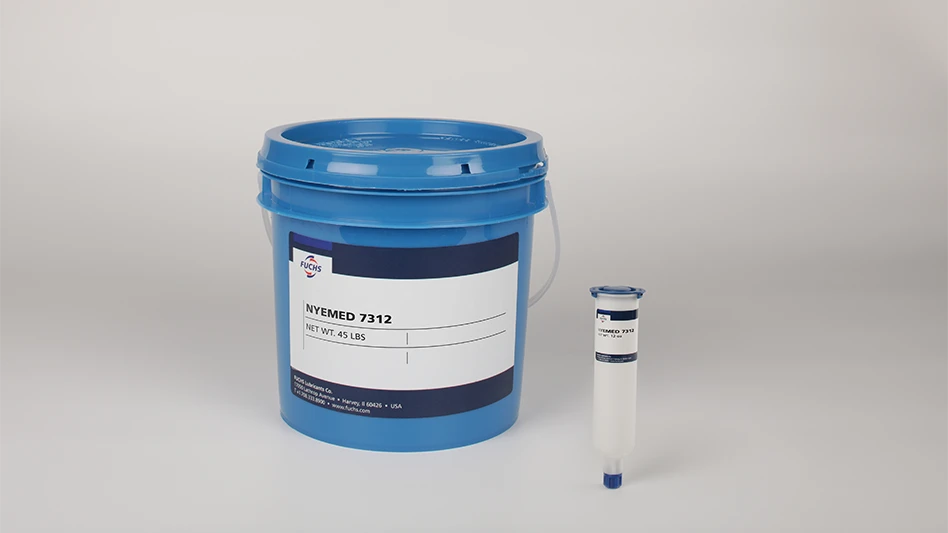In today’s OEM medical device marketplace, design engineers are choosing to incorporate strain gauge technologies into new product designs as a means of achieving competitive advantage. Strain gauge capability, accuracy, and extended life have been well-proven within these applications, with resultant client satisfaction in overall system performance allowing the OEM to add that extra edge, increasing sales and hit rates for major contract awards. The technology also enhances equipment diagnostic capabilities, decreases device field failures, and improves patient care. As such, strain gauge technology is considered a real OEM secret of success.
With more than 60 years in the design, development, and manufacture of custom strain gauge sensing technologies for medical devices and equipment, HBM, Inc. has been an industry pioneer in this market, leveraging global in-house manufacturing capabilities and unique expertise gained from hundreds of successful applications.
To truly realize strain gauge technology benefits in medical device design, it is important for a design engineer to understand the construction and operation of the strain gauge itself. Following is an an overview of the strain gauge, and its uses within medical device design, explaining typical design technology introduction processes and improvements achieved via successful integration.
Understanding Strain Gauge
The levels of mechanical strain measured with strain gauges are very small and precise. Consequently, changes in resistance, or strain, are also small and cannot be measured directly with an ohmmeter. The strain gauge must therefore be included in a measurement system where precise determination of a change in resistance is possible. Therefore, a Wheatstone bridge circuit must be created.
The first system component is formed by the strain gauge, which converts mechanical strain into a change in electrical resistance. Both the strain gauge and measuring circuit are passive components. Each strain gauge is then wired into a balanced bridge, consisting of two portions of an equal resistive value, formed into a Wheatstone bridge circuit. HBM also constructs gauges with 1/4- and 1/5-bridge designs that require a fixed resistor to complete the bridge. Regardless of configuration, energy must be passed through the gauge to excite the circuit. The circuit must have an input energy source to obtain a useful signal. This auxiliary energy is usually taken from a separate constant electrical voltage, though constant current power is also used.
When the slightest amount of change in strain gauge resistance is detected, the bridge circuit loses its symmetry and becomes unbalanced. A bridge output voltage is obtained, proportional to the bridge’s unbalance. If there is no change in balanced resistance, electrical output is null. The average strain gauge measures 1/10,000 micro strain, or enough to detect a small 1-dB vibration across a 10ft room. Therefore, measurement possibilities have, quite literally, an infinite range. An amplifier must be included in the process to amplify the bridge output voltage to a level suitable for compatibility with indicating instruments or monitoring computers. Sometimes amplifiers are designed to give an output proportional to the bridge output in voltage.
The overall process by which strain gauge technology is incorporated into medical device designs can be highly specialized. Implementation is often subject to industry and governmental regulations, both of which may directly impact final design requirements. At HBM, after a customer briefing on technology workings and discussions on applicable regulatory standards, a prototype is created. This includes detailed application analyses and recommendations on the best type of gauge for intended product performance, with varied geometries, holes and cutouts, resistances, threads, and other options.
Using finite element analysis and other advanced design engineering tools, the best locations on the prototype for the strain gauge are identified and then the technology is incorporated under specific conditions. As part of this process, the designer will strategically weaken the structural member to allow specific deflections under applied load, allowing it to mimic real-use behavior. It is then calibrated and adjusted to perform a perfect, accurate, and repeatable measurement. In-house testing must also be completed according to industry standards. Once a successful prototype is built, tested, and accepted, it is sent to production.
HBM has the in-house capabilities to manufacture strain gauged parts in as short as 24 hours from analysis to prototype. Parts may be produced at any of three HBM facilities in the United States, Europe, and Asia. HBM can also add any required load introduction piece and ensure design and development of an accurate subassembly.
While an OEM may opt to self-manufacture finished sensors from a gauged prototype part, the benefits of a strain gauge manufacturer’s own in-house expertise allow a customer to have complete assurances in the quality and uniformity of manufactured sensors – each tested according to the same rigorous in-house standards as the prototype – with timely delivery to meet manufacturing schedules. This mitigation of production risk can save time and cost. A few examples of successful HBM medical device applications follow.
 As a non-invasive medical device with critical importance for accurate diagnostics within the field of radiology, CAT scan machines require high-repeatability table positioning.
As a non-invasive medical device with critical importance for accurate diagnostics within the field of radiology, CAT scan machines require high-repeatability table positioning.
CAT-scan Machines
For accurate diagnostics, CAT-scan machines require high-repeatability table positioning, as well as equal patient weight distribution and device movement. Precision is required for high-accuracy imaging while preventing patient over-travel in the scanning tube. Within this environment, the incorporation of a multi-axis strain gauge subassembly has proven an effective means of ensuring smooth and consistent table movement and positioning, with self-adjustment for patient weight distribution, leading to more accurate machinery diagnostic imaging capabilities.
Mammography Machines
A medical equipment OEM needed to better monitor the amount of physical force applied to a patient from a mammography machine. The design had to produce the highest possible image quality while maintaining patient comfort and preventing machinery over-travel. HBM recommended the use of dual and triaxial strain gauge force sensors with the incorporation of a redundant multi-axis sensor, mounted onto the top and bottom clamp of the mammography machine, forming a flat item scale to monitor machinery flexure. A mechanical stop was added to prevent overload protection and measurement redundancy. As a result, the OEM was able to introduce design improvements that offered more accurate positioning, a higher degree of patient comfort, and enhanced image resolution.
 Highly varied requirements for medical weighing applications have ranged from subassemblies capable of measuring nanostrain or other values to a fraction of a gram.Medical Weighing
Highly varied requirements for medical weighing applications have ranged from subassemblies capable of measuring nanostrain or other values to a fraction of a gram.Medical Weighing
Many medical-grade scale assemblies, such as those found in pediatrics, veterinary medicine, and home health monitoring, successfully incorporate the use of strain gauge technology. Highly varied requirements have called for anything from subassemblies capable of measuring nanostrain or other values to a fraction of a gram, to weighing systems capable of measuring up to 500 lb. In a recent example, HBM incorporated a load cell into a metal baby scale plate as a manufactured subassembly, with solely the addition of a customer-supplied top plate to form an entire scale.
Remote Robotics Surgeries
A trend within the Asia Pacific medical community has been adoption of remote robotic orthopedic surgery techniques, whereby a physician is able to operate on a patient offsite, while maintaining the same precision accuracy as an onsite procedure. To keep pace with demands for new equipment, a medical equipment OEM needed to measure both force depth and drill bit rotational force during hip surgeries, including how far into the bone to drill on an X-, Y-, and Z-axis, while maintaining a highly repeatable and accurate in/out twisting motion of the drill, typically indicative of a rotational torque measurement. The solution required manufactured accuracy to tens of thousandths of an inch. HBM designed and manufactured a series of multi-axis custom strain gauge sensor subassemblies, in both compression and tension modes, to measure downward and upward force and motion.
Another strain gauge sensor was mounted in a perpendicular configuration to measure full deflection, drilling motion consistency, and to ensure stable patient positioning. As a result, the OEM was able to introduce to market a robotic surgical device with greater accuracy and performance.
 HBM designed and manufactured a series of multi-axis custom strain gauge sensor subassemblies, in both compression and tension modes, to measure downward and upward force and motion for robotic surgeries.Medical Pumps
HBM designed and manufactured a series of multi-axis custom strain gauge sensor subassemblies, in both compression and tension modes, to measure downward and upward force and motion for robotic surgeries.Medical Pumps
Strain gauge technology has also been widely incorporated into medical infusion devices, such as insulin pumps and dialysis machines, as a means of predicting fluid flow and ensuring a constant stream of vital medication. For fluid flow monitoring, a medical device OEM approached HBM to develop a 1.5 lb strain gauge sensor assembly, positioned and strategically weakened to form a blade-shape configuration. With its blade shape, the assembly mimics the behavior of a perfect spring, returning to zero when liquid stops flowing. Use of this technology has been adopted by numerous OEMs as a cost-effective means of predicting critical liquid flow.
In summary, the incorporation of strain gauge technology into OEM medical devices presents many advantages. Its relatively low-cost offers high accuracy and repeatability for seamless integration into a variety of non-invasive and minimally invasive medical devices. The extensive capability of the strain gauge for modification to meet specific measurement requirements facilitates its growing use within the industry.
HBM Inc.
Marlborough, MA
hbm.com/medical
Get curated news on YOUR industry.
Enter your email to receive our newsletters.

Explore the March 2011 Issue
Check out more from this issue and find your next story to read.
Latest from Today's Medical Developments
- #70 Manufacturing Matters - CUI Crash Course with Smithers
- Precision matters
- Talking toolholding and workholding over lunch
- How accurate strength predictions will shape the future of lightweight materials
- Unpacking electric vehicle market turbulence
- TRANSOR launches new website
- Guill Tool & Engineering’s micro medical extrusion tooling
- BD announces $35 million investment in syringe manufacturing






